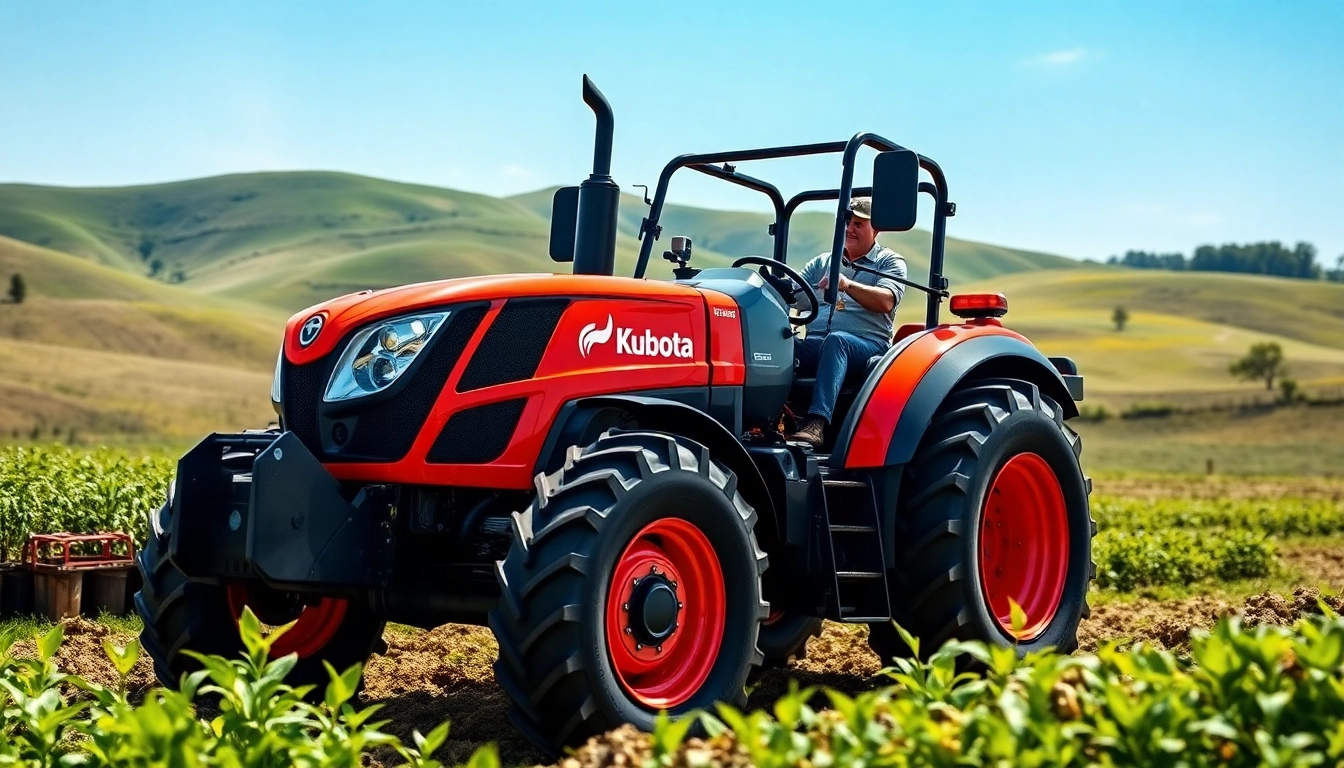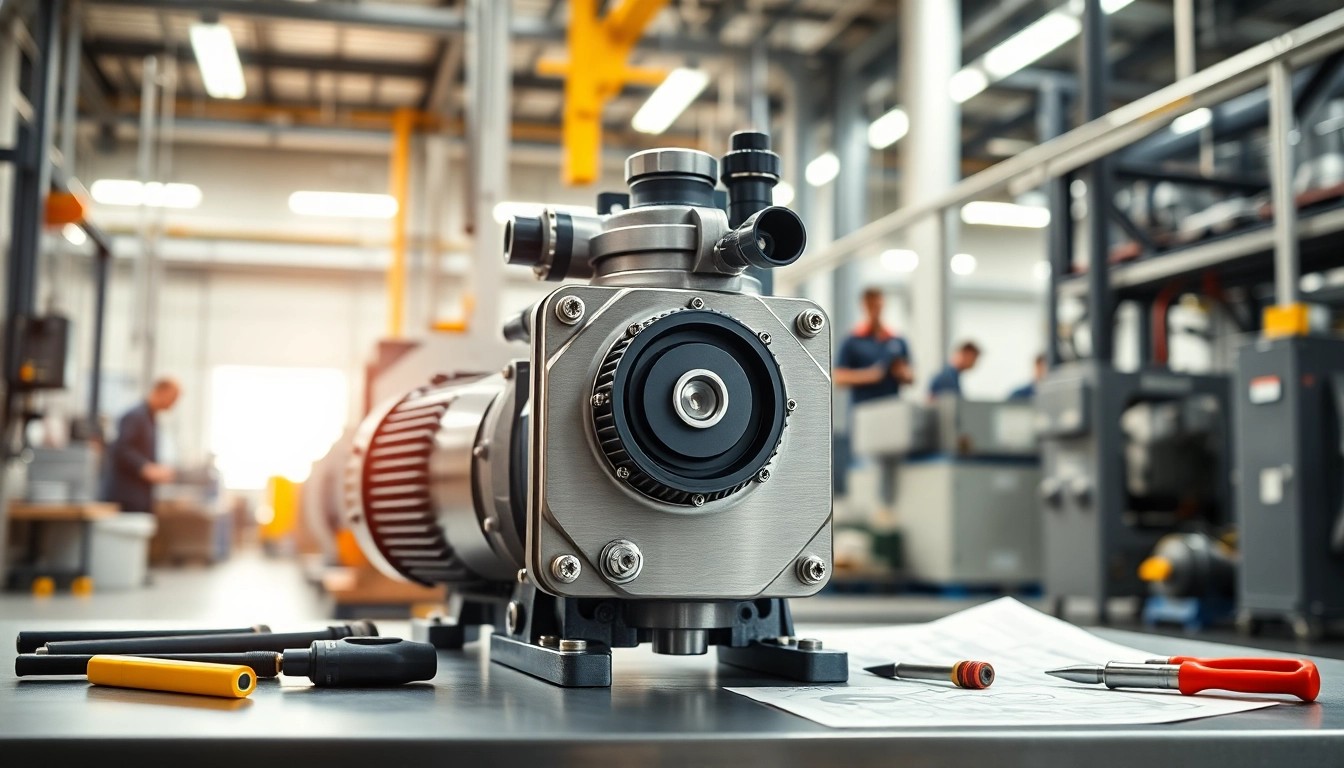Understanding Welding Jackets
What is a Welding Jacket?
A welding jacket is a vital piece of personal protective equipment (PPE) designed to shield welders from the numerous hazards associated with welding activities. These jackets typically feature flame-resistant materials that can withstand extreme heat, sparks, and spatter from molten metals while providing comfort and mobility. For anyone involved in welding, whether professionally or as a hobby, investing in a quality welding jacket is essential to ensure safety and efficient work practices.
Types of Welding Jackets
Welding jackets come in a variety of styles and materials, tailored to fit different welding applications and environments. The common types include:
- Cotton Welding Jackets: Made primarily from thick, flame-resistant cotton, these jackets are lightweight and breathable, making them ideal for mild welding conditions.
- Leather Welding Jackets: Constructed from cowhide or other leather types, these jackets offer superior protection against heat and flame, making them perfect for heavy-duty welding tasks.
- Hybrid Jackets: Combining materials like cotton and leather, hybrid jackets provide versatility and comfort while maintaining essential protective qualities.
- Specialized Jackets: Some jackets are designed for specific conditions such as high-visibility situations or environments requiring additional protection from corrosive materials.
Importance of Flame Resistance
The primary role of a welding jacket is to protect the user from fire and heat hazards. Flame resistance is critical in preventing burns and other injuries that can arise from sparks and spatter produced during welding. Regulations, such as the OSHA standards in the United States, mandate the use of flame-resistant PPE, making it not only a matter of safety but also of compliance with safety laws. The effectiveness of a jacket’s flame resistance is usually categorized by various standards, and welders should always verify the specifications before making a purchase.
Choosing the Right Material
Cotton vs. Leather Welding Jackets
When selecting a welding jacket, understanding the material is crucial. Cotton jackets are popular due to their comfort, breathability, and lightweight properties. However, they do have limitations regarding their resistance to extreme heat and spatter. Leather jackets, while heavier and often more expensive, provide superior protection and durability against intense welding conditions. They are particularly useful in heavy welding tasks where exposure to extreme heat is frequent.
Understanding Fabric Weight
Fabric weight is an important factor determining the durability and protection level of the jacket. Generally measured in ounces per square yard, heavier fabrics usually offer more protection. A 12 oz. fabric is a good standard for most conditions; however, in heavier-duty welding scenarios, options that exceed 14 oz. might be essential. Each option comes with trade-offs in comfort, flexibility, and weight, and selecting the right weight depends on the specific welding tasks being undertaken.
Choosing Breathable Options
Breathability is another significant consideration, especially in scenarios where welders are working in high-temperature environments. Some jackets incorporate breathable fabrics or mesh linings that facilitate airflow, helping to regulate temperature and keep the wearer comfortable during long hours of work. Highlighting features like moisture-wicking materials can also improve wearability by reducing sweat accumulation and enhancing comfort.
Fit and Comfort Considerations
Importance of Proper Fit
A welding jacket should fit snugly but allow for adequate movement without being restrictive. The right fit is essential not only for comfort but also for safety, as loose-fitting jackets may catch fire or snag on equipment. Look for jackets designed with articulated sleeves and a tailored cut that follow the natural body lines, which enhances mobility while making sure there are no areas left exposed.
Adjustable Features for Comfort
Many welding jackets come equipped with adjustable features, including cuffs, waistbands, and collars. These adjustments allow the wearer to customize the fit effectively, providing added comfort and ensuring that the clothing does not interfere with the task at hand. Some jackets even offer hook-and-loop closures to allow for easy adjustment on the go, enhancing usability in demanding working environments.
How Movement Affects Safety
In welding, movement is critical. The task often requires bending, twisting, and reaching while carrying tools and materials. A jacket that restricts movement significantly increases the risk of accidents. Selecting a jacket designed specifically for the welder’s movements—with features such as stretch panels or gussets—can provide both safety and comfort during work.
Maintenance and Care for Welding Jackets
Cleaning Techniques for Different Materials
The longevity of a welding jacket is heavily influenced by proper cleaning and maintenance practices. Cotton jackets are typically machine washable, but they should be washed with care to retain their flame-resistant qualities. Examination of the manufacturer’s care tags is crucial for leather jackets, which usually require special cleaning methods, such as damp cloth wipes or specific leather cleaning products, to prevent damage.
Storage Tips to Extend Longevity
How you store your welding jacket can significantly affect its lifespan. It’s advisable to hang jackets in a cool, dry place away from direct sunlight, which can deteriorate materials over time. Avoid folding them to prevent creasing and potential damage to the fabric. For leather jackets, utilizing dust bags designed for leather storage can prevent exposure to dust and moisture, further enhancing longevity.
When to Replace Your Welding Jacket
Identifying the right time to replace a welding jacket can be challenging. Signs of wear such as frayed fabric, visible holes, or a significant loss of flame-resistance qualities indicate it’s time for a replacement. Regular inspections after every use are recommended to determine the need for replacement proactively, ensuring continuous safety during work.
Welding Jacket Safety Standards
Industry Compliance and Certifications
Welding jackets are often rated based on various safety standards that indicate their effectiveness against specific hazards. In the United States, jackets may meet standards set by the American National Standards Institute (ANSI) or the National Fire Protection Association (NFPA). It’s crucial for welders to verify these certifications to ensure they are protected adequately.
Understanding Hazardous Conditions
Different types of welding produce various hazards, including risks from high temperatures, ultraviolet radiation, and chemical exposure. Understanding the specific conditions under which one is welding can inform the selection of the appropriate jacket. For example, shielded metal arc welding (SMAW) may require a heavier jacket than gas tungsten arc welding (GTAW), where the heat load is lower.
Evaluating Jacket Performance Ratings
Performance ratings of jackets provide insights into their protective capabilities. Typically, these ratings assess features like flame resistance, durability, and comfort under operational stress. Welders should look for performance metrics such as the “arc rating” (which measures a garment’s ability to protect against electric arc hazards) to make informed decisions regarding their protective gear.















Leave a Reply